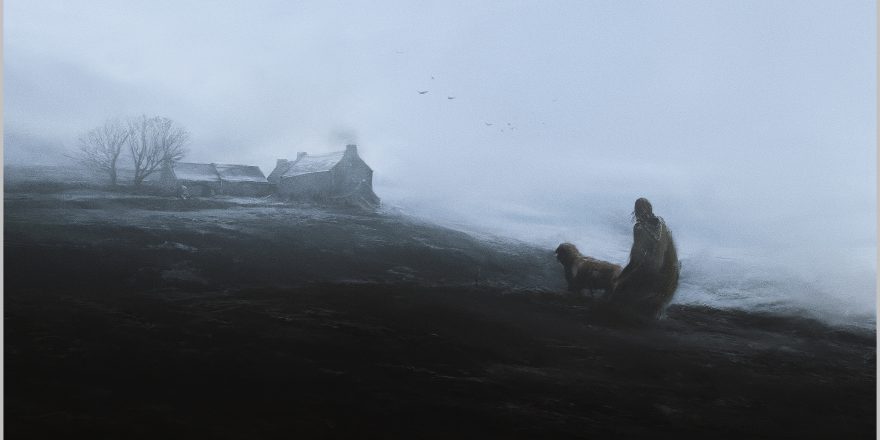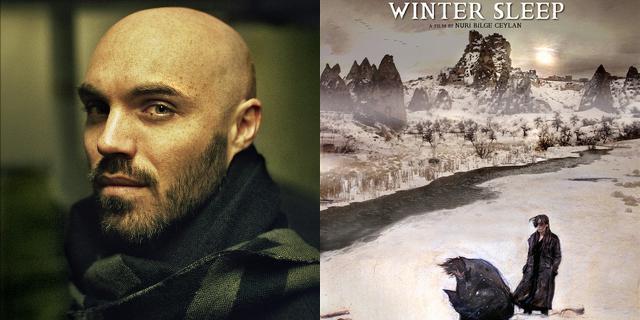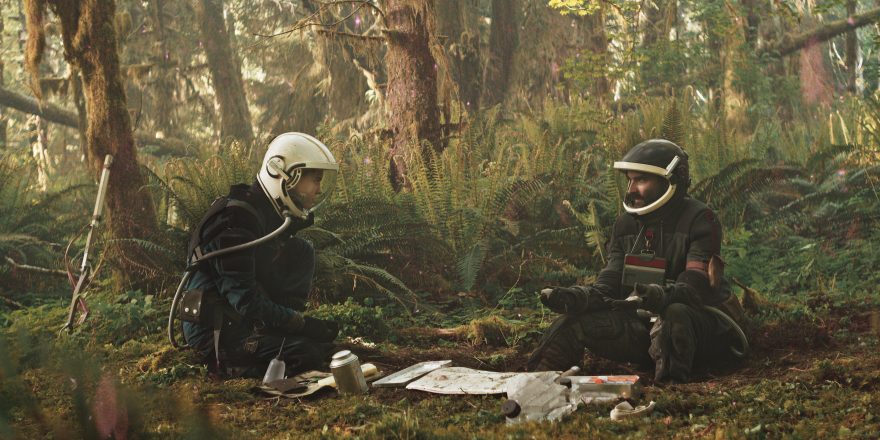I wanted to write a story about a friend, but my mind turned to Emily.
I see her first before morning. She’s already awake with her eyes set open, pointed blankly toward the early blue beginning to light her window. Her eyes seem to always open at just the same time, to just the same direction, where she finds herself half-awake looking at the same small spot in the stone windowframe. She stays in this pose, her eyes watching the warbled glass as her mind stirs from the night’s dreaming, brought up by the wind over the moors and the noisy birds beginning their day. In a moment, Keeper will wake and stretch and yawn, letting his huge feet and claws scrape over the old hardwood as he readies their routine.
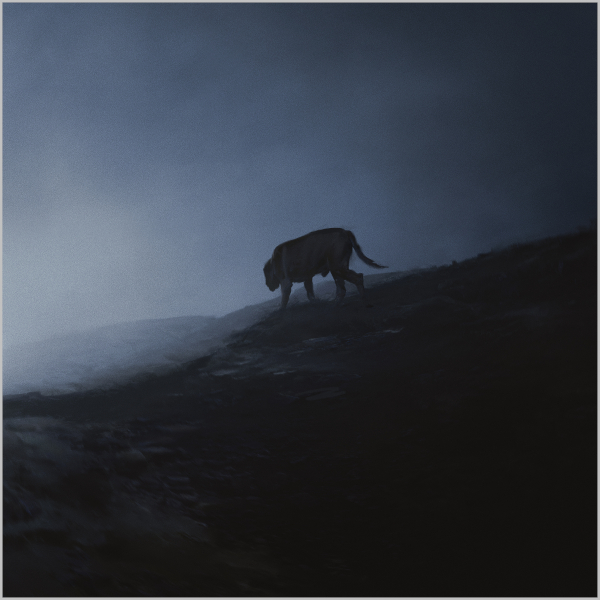
The day is still beyond the hills, and the brightening blue covers them. Keeper runs through the heath, sniffing through the deep greens and browns and reds that Emily reads like a map; her boots are caked in mud, layered like brickwork between the laces from today’s trip and yesterday’s and each day before it. Time disappears here. Rolling hills. Low clouds. A huge sky overhead. Endless. Patches of snow are visible, scattering white over the discolored patches of bushes and brush, thrown over the ground like an old spotted coat. Emily reaches out with an open palm, letting her fingers touch and talk to the passing harebells. This is more than routine, it is ritual; a repeated conjuring, a trip into the unconscious among a conscious earth.
On this morning, like many others, she comes to know a vengeful boy in her palms, passing in petals and dried brush, she feels a girl in her shoes, a mother sleeping in the earth under her feet, a winter’s wind moving in her unwashed hair, twisting it around her hood, the dirt in her fingernails, sweat and spit and a running nose under the cold cloth shielding her face. All of this creates a texture; it induces the feeling of a memory that she may or may not have had, but one she now recalls, and walks within its wet and growing grey. What is this boundary? Is there a path that can be set to travel there and safely return? How long will the dew sit on that leaf? Will it evaporate with the morning, or will the wind blow it off? What keeps me from the dead? Do they remember me as I do them? How does the whole world not stop when one of us dies? How do we just go on as if there’s nothing to be done? Will I really, actually die? Is that the same bird as yesterday? What becomes of us? Will it snow later? What becomes of our time here? Are we all lost?
Of course, none of this may have happened, or at least in this manner. For starters, where was her bed? Did it even face the window? Which side did the sun rise on? Was Keeper allowed to sleep indoors? Was he really that big? Perhaps there was work to be done in the morning, and these walks never took place at all. Perhaps Emily didn’t enjoy the wildness of the moors, but was moved to personify her dislike of it. Perhaps she had no real feelings about the invented morning, one way or another. There are, however, some actual facts. Here are some: Keeper was a very real, very large (maybe) 200-pound mastiff, their father’s parsonage certainly sat amongst the Yorkshire moors (though not removed from society), and we might be so bold to assume that Emily Brontë frequented these moors while dreaming up the people and places that would become Wuthering Heights.
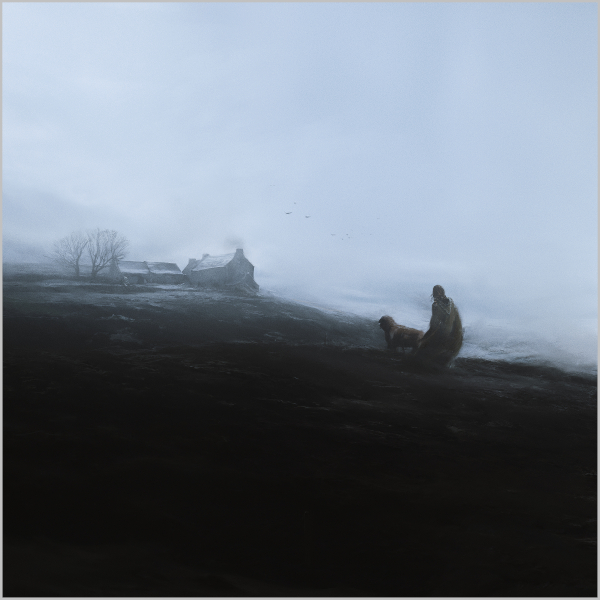
As a novel, Wuthering Heights seems to consciously confound the reader, intentionally pushing them in and out with repeated names, narratives and events. Reductively, the story follows the staining consequences of love, death, and obsession on the Yorkshire Moors. While the novel is often recognized through the lens of its many cinematic retellings, its events stretch far past the young relationship of Cathy and Heathcliff. In its full length, we come to know the characters as they fall in love, marry for spite, mistreat for heartbreak; we hear them and see them, living and dying among the heath and the harebells, haunting one another beyond death.
As a place, Wuthering Heights has consumed me for the majority of the last decade. Like all good obsessions, it seems to have installed itself in my mind, and angrily fends off the other ideas that would move in to take its place. Its weight and influence on me is as incalculable as the novel’s contents; I’m not quite sure why it moves me or by which of its sections am I so pulled, but its sum total is constantly new and discoverable. I can re-enter it, walk among it, hear the wind in the grass and feel the very texture of the horrible love the characters keep. I am not alone in this reaction, obviously. The feeling of place in Wuthering Heights has made it a shared obsession of many, in many languages and many places. My obsession is largely due to my hunch that the novel is a fantasy, a spectacular and peerless feat of world-building that was intentional, practiced and refined. Emily Bronte’s Wuthering Heights is not, to me, a retelling of her life in Haworth, but her dreaming herself and surroundings into something else. A new name must be used. She transposes her life, and builds a new one atop the other. The title itself (one I am very guilty of attempting to steal) even has the same visual power as the place: Wuthering Heights. The letters look as though they bend together and the sound sounds so specific as it rolls over the tongue. One is forced to push it out, calling upon the feeling of a small fleeting fit of wind. How does one make such a thing? Why? However, still, the myth persists that none of this was intentional. That she was blameless of this great work, unaware of it, too wild.
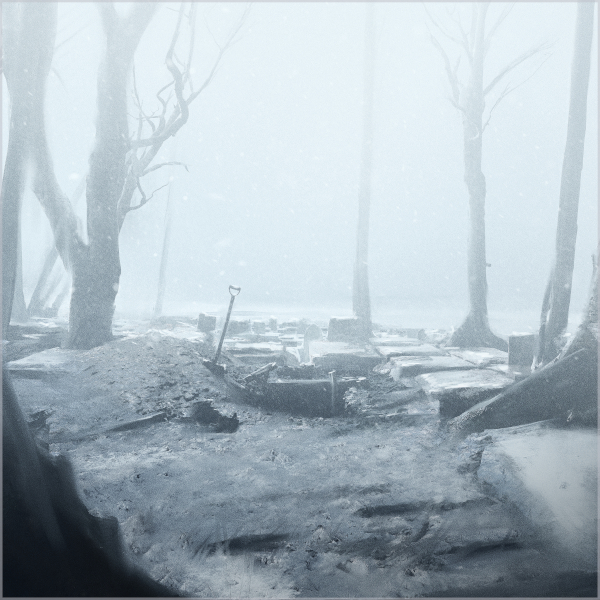
Most of my characterization of Emily may spring from the text of her only (remaining) novel, but the larger myth of its author has been cemented and sanctified by her sister, Charlotte Brontë, in her (in)famous introduction to the 1850 reprinted edition of Wuthering Heights. Her comments there are often quoted and repeated, a fun bit of unhidden trivia wherein Charlotte questions her sister’s venturing out into the unknown and unholy creative wild. “Whether it is right or advisable to create beings like Heathcliff, I do not know: I scarcely think it is.” Charlotte, while in possession of her own genius, chooses her adjectives carefully: simple, homely, savage, strange, storm-heated, rude, immature, wild. There are other, more plainly praising adjectives, but they are quickly outweighed by the power of those above.
Admittedly, Charlotte has the unenviable task of defending her sister’s writing from the patriarchal and hateful mindset that a woman of rigorous education and subsequent refined skill could produce such a work within her short span of 30 years. Some would say that Charlotte was trimming the garden to let it safely grow, others will say she was protecting the name of the Brontës (hers, and the late Anne and Branwell included), while most would claim she was “mythologizing” her sister; birthing the narrative of a pure and unchallenged genius that rose from the moors behind their house, walked in wild through the door, and transcribed its very color onto paper for the rest of us to look upon. This is the Emily and the Charlotte that remain in a modern world, myth and mythlogizer, indicating a tragic void where the truth is lost to the past.
I believe in a combination of all these things, as well as in Charlotte’s alleged motives. All seem fair, but one is the most powerful: the gift of myth to the life of another person. Charlotte takes all of her knowledge of Emily (and Anne), her faults and fancies and their fights and happy moments, their competition, their artistic growth together and in secret, their crushes and heartbreaks, influences, their fears; and she obscures it, scatters it over the hills of her work. She follows the best wishes of Emily’s characters, and tosses the author back to them, hiding her away. What a gift.
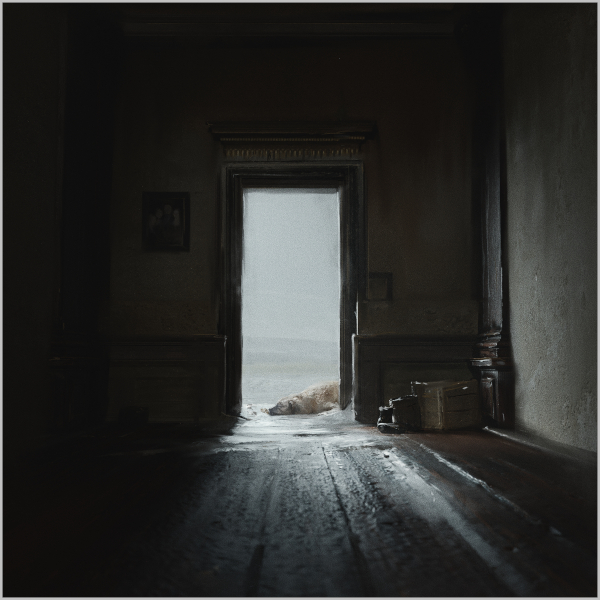
However, how was this gift given? Why? How did she arrive at that headstone? Maybe Charlotte was grieving. She was in grief, among grief. The details of their collective story are already fairly well known, however to reiterate: The Brontë Sisters achieved fame in first publishing Jane Eyre (from Charlotte), then The Tenant of Wildfell Hall (from Anne) and Wuthering Heights (from Emily), all in 1847 and under male pseudonyms. Their mother died of cancer when they were young, their father lived on as a depressed and heartbroken preacher, their brother Branwell (of whom the original investment in creative promise was made) died in the house under Emily’s keeping at the age of 31 in 1848; debt-, disease- and addiction-addled. Emily died of consumption at age 31 later that year, and Anne the following year. Charlotte, now the keeper of this poisoned fame, was left to reconcile the trajectory of their collective lives from a small parsonage, to some literary fame and furor, to away again into the earth. How does one do such a thing? What is the point? Where does she start?
Maybe she wished to write it days earlier, but her mind was too clouded, too much crying, too much avoidance. Maybe she sat in the house for uncounted hours before walking up the old stairs and looking into Emily’s room. It’s been said that she discovered the only good review Emily’s novel received upon its original publication hidden, stuffed into her desk, an idea that betrays the very image of Emily as a wild, unaffected genius. Maybe that made her cry upstairs, too. Maybe she thought of Emily and Anne’s fantasy world of Gondal and remembered their imaginary tales of kings and queens and great battles and tragedies. Emily never stopped, really. She kept making places. She’d have put the notice back in the desk, probably. Maybe Emily will come to the window, her ghost, looking to read it again. From there, she’d walk downstairs, and sit at the dining room table.
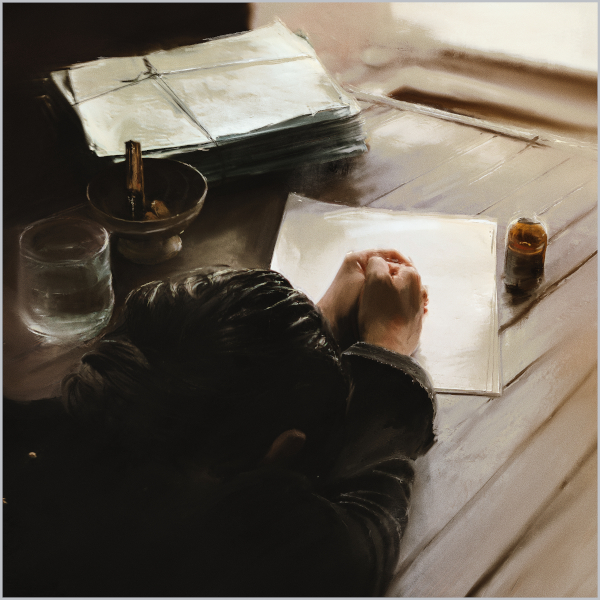
She looks out the window, listening to the sound coming from the small space between the metal and glass, the breeze knocking its way through. How long was I upstairs? How much daylight is left? Do I have enough ink to even start today? Maybe I should go for a walk, and walk out there where she did. That would be a nice way to write this, walking out on the moors among Emily’s things, remembering her. Will I get lost? Maybe. Maybe that’s good. Surely she got lost, too. Keeper. I’ll take Keeper. He’s outside, isn’t he?
He is. She brings him some old food, as a sort of peace offering between old enemies. He moves slower now, less excitable, more self-sufficient. He looks up at her with confusion, this meeting has already exceeded all of their previous ones. Charlotte makes a few noises in the side of her mouth like Emily did, trying to recall her observations of their secret language of looks and nods and small claps. Directions and questions and affections. Keeper would listen to no one but Emily. He won’t listen to me. She shuffles through them until one lands, and Keeper runs off to the moors. She follows. Ah. All right.
He leads her out like he’s chasing what’s left of the daylight. It’s August, so the insects are loud and full of recounting the day’s activities, chirping and whistling, running with the brush. Keeper leaps and jumps at a small clumping of birds that have found some food in the grass. They splash upwards and away from their dinner, as he follows them merrily. She watches her own feet walk over the grass, the deep red, the green, the different textures and sounds and crunches. She wonders if Emily walked just this way, stepped in just this spot, knew just this flower and dirt. Which part of it was Wuthering Heights? Where was the house? The grange? Where did her little characters run off into the night, where did it end and begin? She closes her eyes, one author conjuring another, and tries to find herself somewhere in Emily’s fantasy, her working magick.
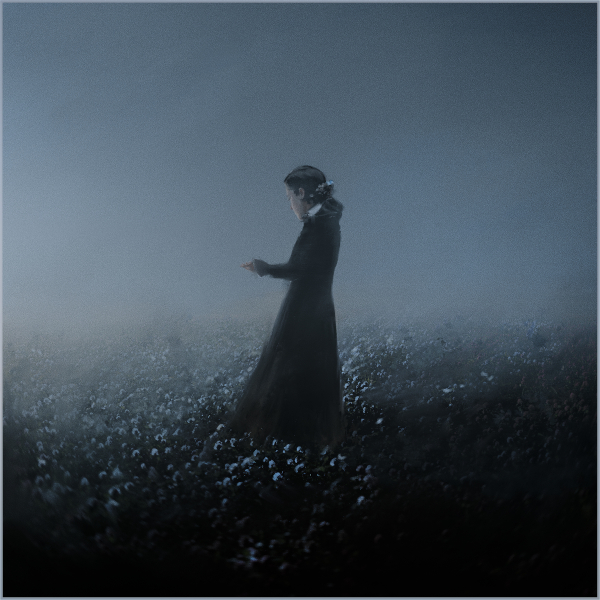
The day has gone too long, and sitting again inside, her mind is too tired to write. She’s too sweaty, anyway. It’s not nice to write when one is as dirty as this. Writing is proper work, and it requires at least a clean set of clothes. Maybe I should check on Father? If he hasn’t already made himself known then he’s already eaten and fallen asleep. So, yes, he’s asleep. Keeper waits in the open door frame, letting midges dance around him as he chews on his giant paws. He has one corner piece of his paw and he’s shoving it towards the back. It’s impossible to determine if he’s cleaning his teeth or his nail. He does, however, seem to gaze off while doing this. Clearly he’s not thinking about the paw?
What does he think? Keeper. Does he know Emily is gone? He knows she’s gone obviously, but in what way? When he smelled the dead bird earlier, did that make sense to him? Does it make sense to me? Does he remember her as I do? He must. Charlotte allows herself to wander into sentimentality. She develops a theory wherein Keeper knows she isn’t truly gone, because they’d already decided it between the two of them. Emily found some secret knowledge out there on the moors, in the blue before the morning, and she shared it with Keeper. They discovered it like one of their treasure stories in Gondal. Two pirates riding the hills. Maybe she’s still out there? That’s silly. At Emily’s funeral, he sat beside the mound of dirt as their father was speaking, and she watched him just the same. The whole funeral, staring at Keeper. He spent the night at her side, too. The whole night. No one even tried to bring him back in, Charlotte certainly didn’t, it was just understood. They were together. It was winter when she died, buried just by Christmas. The ground was hard, the gravedigger was out most of the day trying to break up the soil, but you could hear the shovel all the way up at their parsonage.
Keeper came back the next morning and sat by the door just as he was now, but then it was in the snow, and he was eating at the blood and dirt on his paws. Had he tried to dig her back up? How much of the soil had he got through before he gave up? Did he give up? Was he at peace with it now? Maybe she woke back up when everyone was gone so she could say goodbye to him, or let him know of their continuing plan. Could he remember her face?
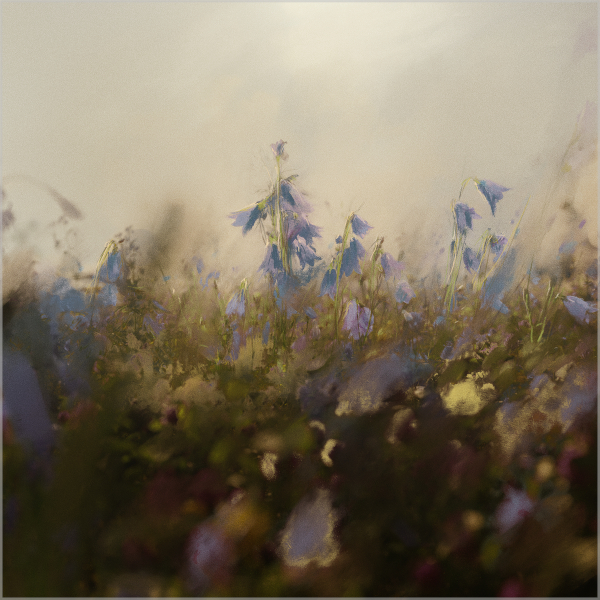
He finishes his chewing. Then stops, and lowers his head back down. Blinks a few times. Does he remember that night? On that walk earlier, had he pretended I was Emily? Did it matter? The insects bounce in through the door, a deep gold setting on her skin and her sweat. Will all of this happen to me, too? Buried in the earth; a whole life of living and thinking and fears and love and loss and all of it, hidden away like a crumpled notice in a desk. Is every summer followed by a winter?
Maybe. Maybe not. Maybe that is the most misleading way to think of it: following along the details. The timelines. We are here, yes, for a moment, before we go. We try to do our best. We love. I think the things we make become us: grand stories, yes, but little moments, too. Just like this. We make these things, my mind has made these things, asked these questions. These daydreams. Passing thoughts. Proof of all our ugliness and all our hopes to be better, for each other, for our time here. We make myth of ourselves. Myth happens in the mind, and it happens there just as real as the waking life. It is real, Emily did live there, born from the soil and angry earth, flung out into the middle of the heath on the top of Wuthering Heights; where she woke sobbing for joy. That will do to explain her life, and will prove it as an act of goodness, an act of creation. All creation is a wish for more life, a vote counted to continue. We dream ourselves from the past into the future, and we continue on.
We bloom, again and again.
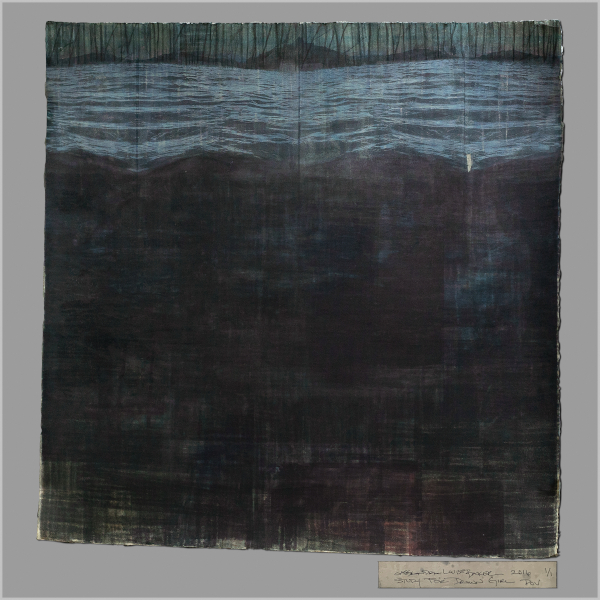
For my collaborator and friend, in memory and dream, Cassandra Louise Baker.



